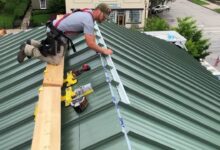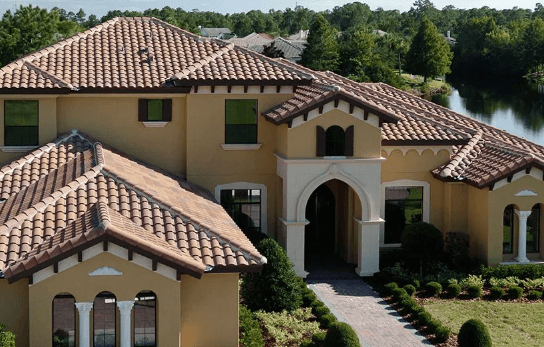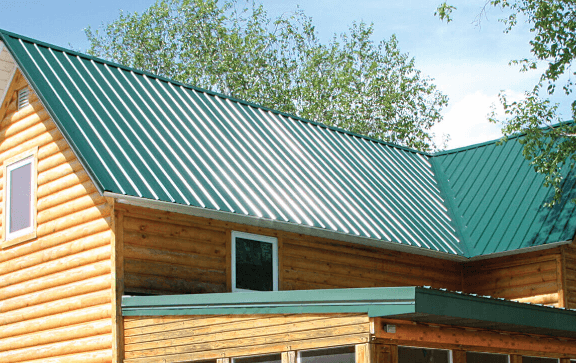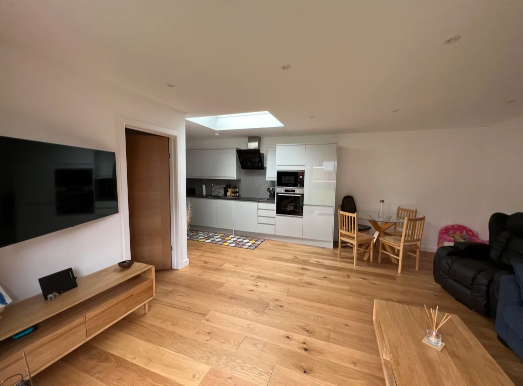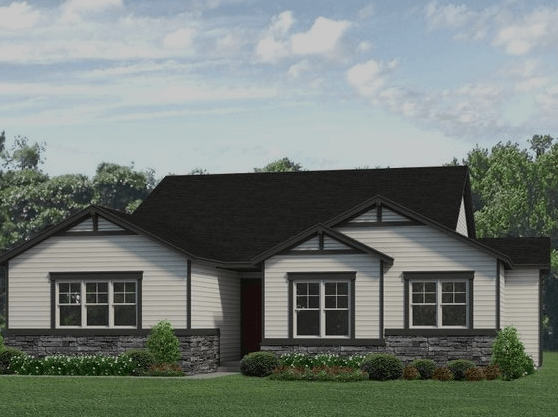Damage Caused by Hurricanes to Residential Buildings
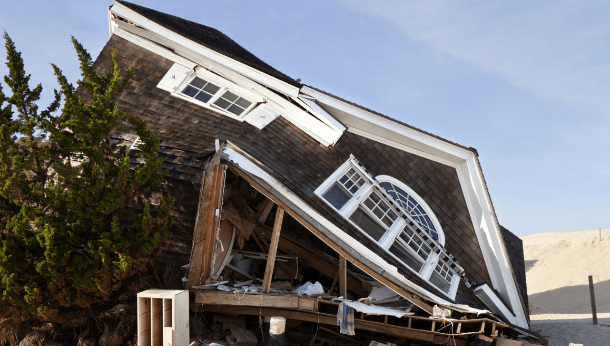
The recent intensity of hurricanes such as Hugo, Andrew and Iniki has revealed the vulnerability of many homes in hurricane hazard zones. Research conducted after these storms shows roofs are most susceptible to damage, followed by windows and openings. Walls are at relatively lower risk unless elevated in flood or erosion zones.
Wind
During hurricanes, wind gusts and wind-driven debris can damage the roof and walls of structures. In addition, water-driven flooding from storm surges and rain can cause structural damage to buildings. The movement of seawater or heavy rains into rivers, lakes and other bodies of water causes flooding. Airborne missiles, such as tree limbs, signposts, dislodged rooftop HVAC components and pieces of buildings, cause a large fraction of hurricane damage. This flying debris can breach door and window openings and penetrate interior walls and ceilings unsuitable to withstand such forces.
Many homes built in the years before hurricanes Hugo and Andrew were constructed during a period of relatively low hurricane activity. As such, the risk of hurricane damage may have seemed small and not meriting additional investment. These homes are now at significant risk for serious injury from future major hurricanes. Preventing hurricane damage to your home or business requires proper building techniques, including elevating your structure above the flood plain and securing windows with hurricane window protection.
Debris
Most hurricane damage to homes comes from airborne missiles, such as tree limbs and branches, fences, dislodged roof deck HVAC components, and building parts. These can penetrate doors and windows and allow the force of wind to act against interior walls that are not designed to withstand such forces. The side of the property on which a hurricane passes is also an important factor in the damage it causes. A property on the right side of a storm’s center will experience greater damage than a home on its left side. The risk of structural damage to your home from a hurricane can be reduced by being careful about where you build and maintaining the structure, including ensuring that the roof and walls are constructed correctly. Precautions like raising your home’s foundation or making it high on stilts will help lower the likelihood of flooding by a storm surge and heavy rain.
Water
Residential structures are exposed to hurricane forces from many directions, including wind and water. The structural integrity of homes can be compromised if the envelope of exterior walls, roofs, and exterior opening closures is breached. During the storm, torrential rainfall causes flooding and can damage property. A home’s vulnerability to water damage can be increased by location relative to the storm’s center. Properties on the right side of a hurricane’s eye face greater winds, storm surges, and rainfall than those on its left. This research leverages a pre- and post-event sample to establish baseline preparedness and flood hazard mitigation, explore household-level effects, and examine how preparation, event exposures, and recovery are related. Results from generalized linear models revealed that greater pre-event comfort was associated with fewer physical health problems and adverse experiences, lower PTS, and faster recovery. In addition, low income was found to be a significant predictor of post-flood recovery.
Storm Surge
A common image from hurricanes is storm-driven waves crashing against the shore, destroying fishing piers and eroding beachfront structures. These powerful, breaking waves can carry debris into areas well above the high-tide line and flood buildings built far inland. As population growth and migration continue, demand for waterfront property remains strong in many coastal areas. But as the multi-decade hurricane cycle moves upward and climate change intensifies, homeowners and real estate developers need to be more aware of the potential risks associated with homes in the path of a major storm.


